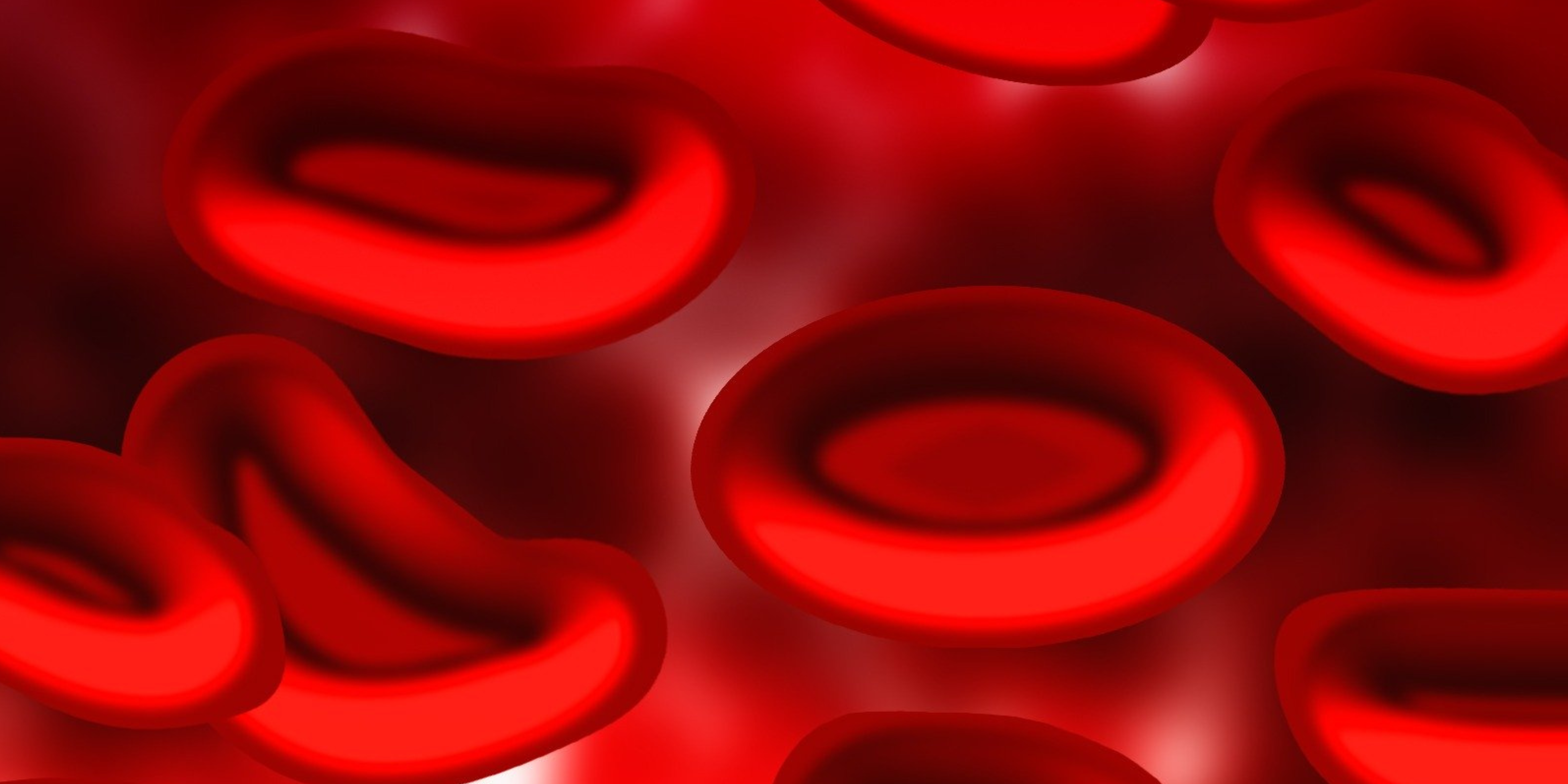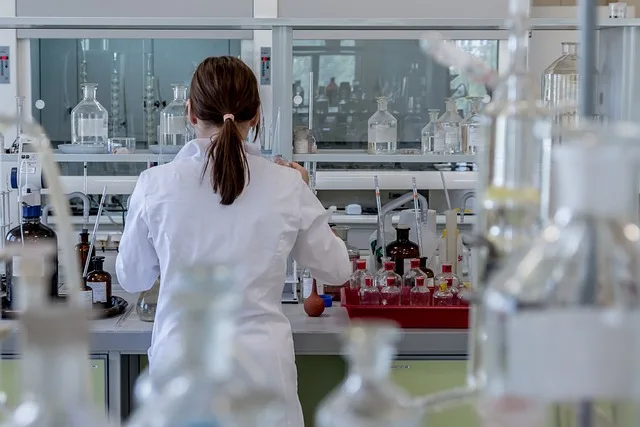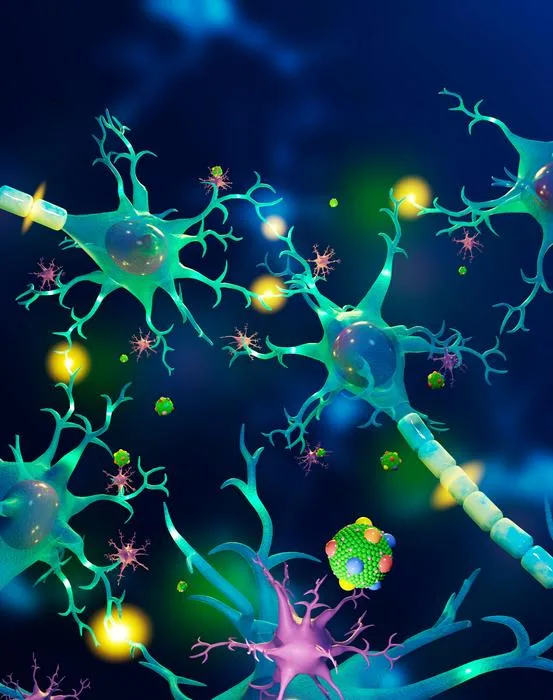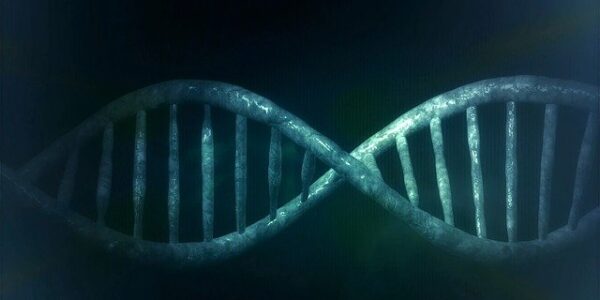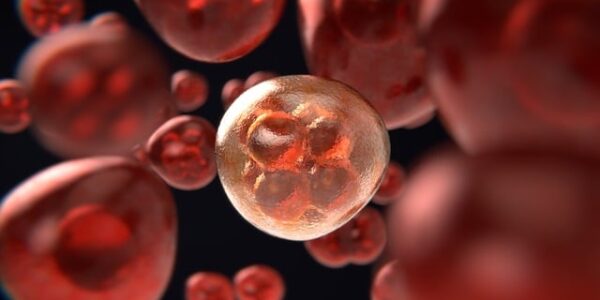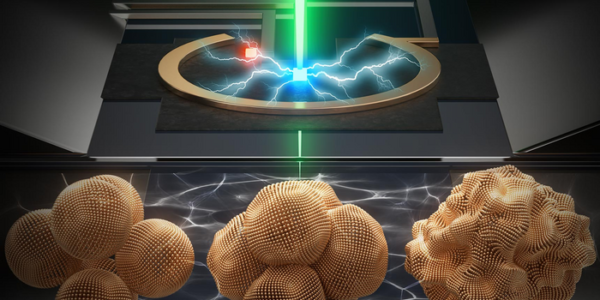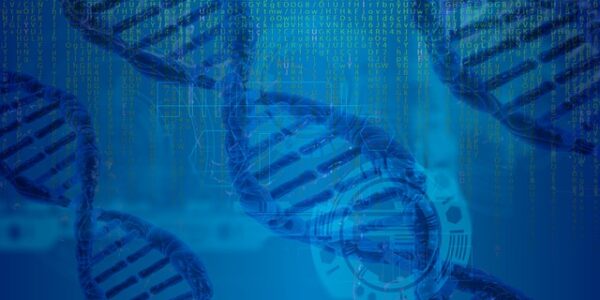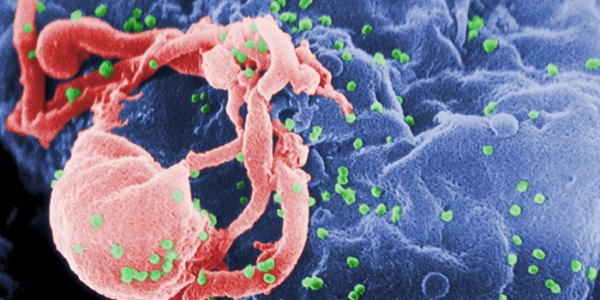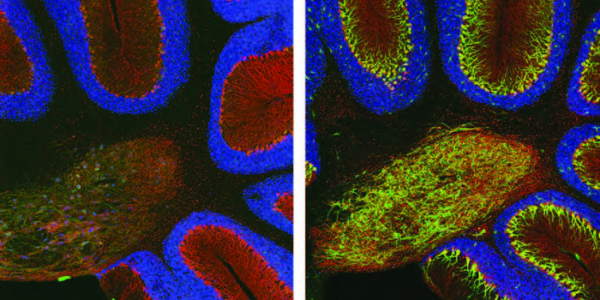How Artificial Intelligence will change biology
Artificial intelligence (AI) is already beginning to have a significant impact on the field of biology, and it is poised to change the field in a number of ways. Analysis of large datasets One major area where AI is having…
Diprosopus: A rare Craniofacial Duplication
A craniofacial duplication is a rare form of congenital disorder which is commonly known as Diprosopus; in which conjoined twins with duplicated faces are found. Conjoined twins are born connected physically and are always of the same sex sharing a…
Content Development Specialist at Elsevier
About Team Elsevier is the world’s leading provider of scientific, technical and medical information, tools and resources. A global company, Elsevier partners with scientists, researchers, healthcare providers, educators and decision-makers in academic institutions, governments and corporations. About the Content Development…
Cell mechanism that could help counter Cancer and Aging
Epigenetic memory is a key cell mechanism in processing of life that can controls the inheritance of functional characteristics of a normal cell into the new cell having newly acquired properties. In this activity cell remembers its originality while dividing…
Editorial Position at Elsevier
About Team Our team works with Editors, Authors, Reviewers and colleagues to manage the end-to-end editorial publication process. We ensure timely and high-quality delivery of our content, delighting our health and research customers every step of the way. We’re truly…
Record-breaking copper catalyst converts CO2 into liquid fuels
Since the 1970s, scientists have known that copper has a special ability to transform carbon dioxide into valuable chemicals and fuels. But for many years, scientists have struggled to understand how this common metal works as an electrocatalyst, a mechanism…
What is Bioinformatics, Job Prospects and Successful People
What is Bioinformatics? Bioinformatics is a field of science that uses computational techniques to process, analyze and interpret biological data. It encompasses a range of scientific disciplines including biology, computer science, statistics, and mathematics, to solve problems in the field…
Yellow evolution is here with gene editing Monkey Flower
Monkeyflowers glow in a rich assortment of colors, from yellow to pink to deep red-orange. But about 5 million years ago, some of them lost their yellow. In the Feb. 10 issue of Science, UConn botanists explain what happened genetically to jettison…
HIV infection leaves a ‘memory’ in cells
Though antiretroviral therapy has made HIV a manageable disease, people living with HIV often suffer from chronic inflammation. This can put them at an increased risk of developing comorbidities such as cardiovascular disease and neurocognitive dysfunction, impacting the longevity and…
A key brain protein plays role in childhood movement disorder
Scientists at the UNC School of Medicine and UNC Eshelman School of Pharmacy, in collaboration with a team from Queen Mary University of London, have illuminated the molecular events underlying an inherited movement and neurodegenerative disorder known as ARSACS – Autosomal recessive…





